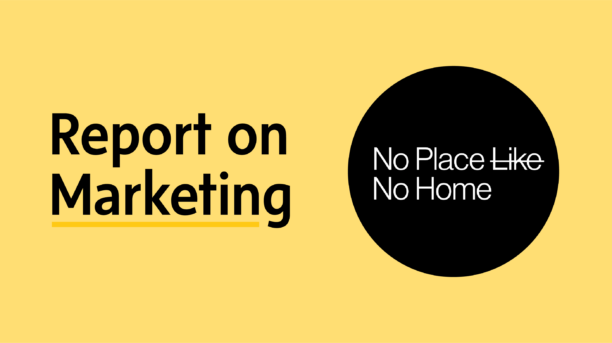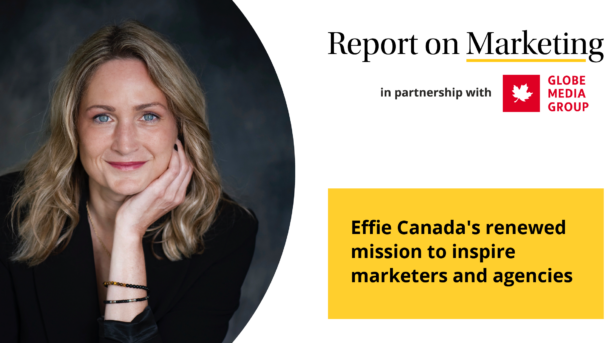Responsible Media may become the next buzzword in 2023. With so much uncertainty about the environment, economy, and society, it’s easy to become disillusioned with making a positive impact. The events surrounding George Floyd in 2020 served as a wake-up call for many in the industry, igniting discussions about social inequality. This pivotal moment triggered a powerful shift within offices, as professionals started actively seeking ways to support and uplift Black-owned publishers and content creators. In this climate, media buyers could no longer be content with simply pursuing financial gains. Having recognized the importance of incorporating equity into their investment decisions, they sought to actively form a coherent plan to improve investments with equity in mind.
Today, advertising in Canada is poised for positive change and growth. While Black-owned or BIPOC-owned publishers are still underrepresented in general media planning, there is an increasing awareness and commitment to addressing this disparity. Responsible Media already touches key areas like the environment and society. Assessing your environmental impact can be difficult initially, but numerous resources are available to help you get started. Ad Net Zero, for instance, provides helpful guides to creating awareness and establishing accountability within an organization open to change. Other exciting initiatives have also emerged to combat environmental challenges. GroupM has gone so far as creating a carbon calculator in partnership with Scope3 to measure the carbon emissions in the media investment supply chain.
Responsible Media to support societal initiatives is less prescriptive. Trust is declining across Canada and it can be difficult for advertisers and media buyers to see value in advertising with news media publishers. While this sentiment can be amplified by the misinformation and disinformation proliferating in social media, initiatives have already been formed to combat this. For example, the Canadian government has stepped in to create the Digital Citizen Initiative, which focuses on empowering Canadians with resources to understand disinformation with a view towards developing future policy-making. Similarly, NewsGuard has developed a rating system for news media publishers in Canada based on the site’s risk for publishing misinformation or using unreliable sources. This ranking shows the trustworthiness of a publisher but can also demonstrate which news outlets serve underrepresented groups, including BIPOC and 2SLGBTQ+ communities. NewsGuard’s ratings for news outlets is conducted by a team of experienced journalists and editors focused on credibility and transparency. These initiatives are critical to bringing us a future where trust in media is restored, accurate and reliable information prevails, and diverse communities are celebrated and uplifted.
Additionally, in recent years, the Canadian Media Directors’ Council published the Canadian Media Manifesto, which aims to support Canadian media owners and publishers by taking a pledge to ensure transparency, promote accountability, and support building an infrastructure that allows Canadian media to thrive. Participating agencies have agreed to direct 25% of their media investment to Canadian media by 2025. This will be measured by Standard Media Index (SMI), which cleanses and harmonizes media investment data from the major agencies to produce trends and reporting insights about how media is purchased in Canada. Similarly, The Conseil des directeurs médias du Québec (CDMQ) and the Association of Creative Communications Agencies (A2C) published the Guide to Responsible Media Practices, which has a greater focus on defining the role of local media in relation to economic benefits, preservation of local/regional culture, and support of journalistic integrity. The guidelines also suggest the use of a Local Media Index (LMI) to identify the percentage of media invested in across Canada and specifically in Quebec. In addition, the notion of auditing the digital/programmatic supply chain for how ad dollars are spent is very similar if not directly connected to supply path optimization. This is a process necessary for carbon footprint reduction for accessing Canadian ad opportunities with efficiency. Overall, there is an increasing demand for transparency by brands to know how much of their ad investment reaches Canadian media owners. These efforts show a promising future where Canadian media can thrive with transparency, and the value of local media investment is fully realized.
While many of these initiatives have focused on individual accountability, we now have an opportunity to shift toward working together to achieve shared goals within the larger advertising landscape.
Often, emphasis has been placed on media buyers to make decisions on what to buy without necessarily collaborating with the media owners or technologies necessary to realize those partnerships. However, it is vital to acknowledge the necessity of collaboration for these initiatives’ success. For collaborative efforts to succeed, greater emphasis must be placed on establishing trust first.
In Canada, media owners have focused on selling advertising based on unique capabilities or simply differentiating themselves from their competitors. However, we can accelerate progress faster by bringing media buyers and sellers together to use technology that demonstrates the journey a brand’s customer takes across the Canadian media landscape. In doing so, we can see the value each media owner contributes to the social value of a brand while understanding the environmental impact produced from each touchpoint in that journey. Although this may seem overly optimistic, it is founded on the hope that we can have a more responsible media ecosystem in Canada – one that accounts for the contribution of all parties in that change. By recognizing that solving these problems lies beyond the efforts of individual media buyers, we can overcome the limitations posed by taking a competitive approach to this change. To ensure a sustained positive impact and mitigate the risk of losing momentum, we must place value on collaboration and begin working together.





